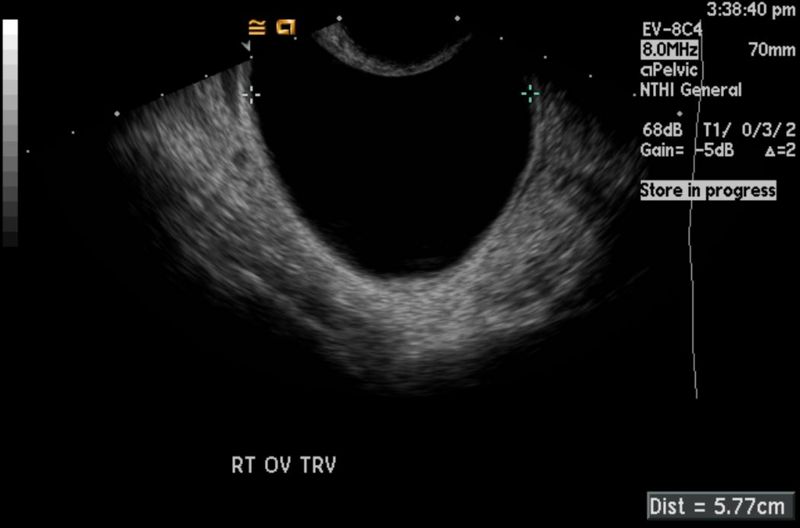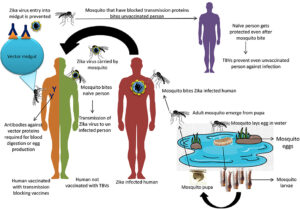Ovarian cysts, often abbreviated as OCs, are fluid-filled sacs that form on or within the ovaries. These cysts are common among women of reproductive age and can vary in size, type, and severity. While many ovarian cysts are harmless and resolve on their own, others may cause discomfort or lead to complications if left untreated. This article explores the various types of ovarian cysts, their causes, how they are diagnosed, and the available treatment options.

Understanding Ovarian Cysts
Ovarian cysts are a frequent occurrence in women during their childbearing years. They are typically formed during the menstrual cycle and are often linked to hormonal changes. Although most cysts are benign and do not pose a significant health risk, understanding their nature is crucial for early detection and proper management.
What Are Ovarian Cysts?
Ovarian cysts are small sacs that develop on or inside the ovaries. These sacs can be filled with fluid, air, or semi-solid material. The majority of ovarian cysts are functional, meaning they form as part of the normal menstrual cycle. However, some cysts may develop due to other factors, such as hormonal imbalances or underlying medical conditions.
Types of Ovarian Cysts
Ovarian cysts come in different forms, each with distinct characteristics and potential implications for health. Below are the most common types:
Functional Cysts
- Follicular Cysts: These cysts form when a follicle in the ovary does not release an egg during the menstrual cycle. Instead, the follicle continues to grow and fills with fluid.
- Corpus Luteum Cysts: After an egg is released from a follicle, the remaining tissue forms a structure called the corpus luteum. If this structure fills with fluid instead of breaking down, it becomes a cyst.
Functional cysts are usually harmless and tend to disappear on their own within a few menstrual cycles.
Pathological Cysts
- Dermoid Cysts: These cysts contain tissues such as hair, skin, or teeth. They are formed from embryonic cells and are rarely cancerous.
- Cystadenomas: These cysts develop from the cells on the outer surface of the ovaries. They can grow quite large and may cause discomfort.
- Endometriomas: These cysts are associated with endometriosis, a condition where tissue similar to the lining of the uterus grows outside the uterus. Endometriomas form when this tissue attaches to the ovaries.
Causes of Ovarian Cysts
The development of ovarian cysts can be attributed to several factors, including hormonal fluctuations, medical conditions, and lifestyle choices. Understanding these causes can help in preventing and managing ovarian cysts effectively.
Hormonal Imbalances
Hormones play a critical role in regulating the menstrual cycle. Any disruption in hormone levels, particularly estrogen and progesterone, can lead to the formation of ovarian cysts. For example, polycystic ovary syndrome, a condition characterized by hormonal imbalance, is a common cause of multiple cysts on the ovaries.
Pregnancy
During early pregnancy, a cyst may form to support the developing embryo until the placenta takes over. In some cases, these cysts persist longer than necessary and may require monitoring or treatment.
Endometriosis
Endometriosis is a condition where tissue similar to the lining of the uterus grows outside the uterus. When this tissue attaches to the ovaries, it can form cysts known as endometriomas. These cysts can cause pain and may affect fertility.
Severe Pelvic Infections
Infections that spread to the pelvic region can affect the ovaries and lead to the formation of cysts. These infections often require prompt medical attention to prevent complications.
Diagnosis of Ovarian Cysts
Diagnosing ovarian cysts involves a combination of physical examinations, imaging tests, and laboratory evaluations. Early diagnosis is essential to determine the type of cyst and whether it requires treatment.
Physical Examination
A healthcare provider may perform a pelvic exam to check for swelling or abnormalities in the ovaries. During this examination, the doctor will feel for any unusual masses or tenderness in the pelvic area.
Ultrasound Imaging
Ultrasound is one of the most common diagnostic tools used to detect ovarian cysts. This non-invasive procedure uses sound waves to create images of the ovaries. Ultrasound can help determine the size, shape, and composition of the cyst, which aids in identifying its type.
Blood Tests
In some cases, blood tests may be conducted to measure hormone levels or check for markers associated with ovarian cancer. A test called CA-125 is often used to evaluate the likelihood of cancer in postmenopausal women with ovarian cysts.
Treatment Options for Ovarian Cysts
The treatment approach for ovarian cysts depends on several factors, including the type of cyst, its size, symptoms, and the patient’s age and reproductive plans. In many cases, no treatment is required, but certain situations may call for intervention.
Watchful Waiting
For small, asymptomatic cysts, doctors often recommend a “watch and wait” approach. This involves regular monitoring through follow-up ultrasounds to ensure the cyst does not grow or cause complications.
Medication
Hormonal birth control pills may be prescribed to regulate the menstrual cycle and prevent the formation of new cysts. Birth control pills are particularly effective in managing functional cysts and reducing the risk of recurrence.
Surgical Intervention
Surgery may be necessary for large cysts, cysts that cause symptoms, or cysts that appear suspicious for cancer. There are two primary surgical procedures used to treat ovarian cysts:
- Laparoscopy: This minimally invasive procedure involves making small incisions in the abdomen and using a camera to guide the removal of the cyst.
- Laparotomy: For larger cysts or cases where cancer is suspected, a laparotomy may be performed. This involves a larger incision in the abdomen to remove the cyst or, in some cases, the entire ovary.
Treatment for Underlying Conditions
If ovarian cysts are caused by conditions like endometriosis or polycystic ovary syndrome, treating the underlying condition can help manage the cysts. For example, medications to reduce inflammation or balance hormones may be prescribed.
When to Seek Medical Attention
While many ovarian cysts are harmless, certain symptoms warrant immediate medical attention. These include:
- Sudden, severe abdominal or pelvic pain
- Pain accompanied by fever or vomiting
- Rapid breathing or dizziness
- Signs of shock, such as cold or clammy skin
These symptoms could indicate a ruptured cyst or ovarian torsion, both of which require emergency care.
Preventing Ovarian Cysts
Although not all ovarian cysts can be prevented, certain measures may reduce the risk of developing them:
- Maintaining a healthy weight and balanced diet
- Managing stress through relaxation techniques
- Using hormonal birth control under medical supervision
- Seeking timely treatment for conditions like endometriosis
Regular gynecological check-ups can also aid in early detection and management of ovarian cysts.





